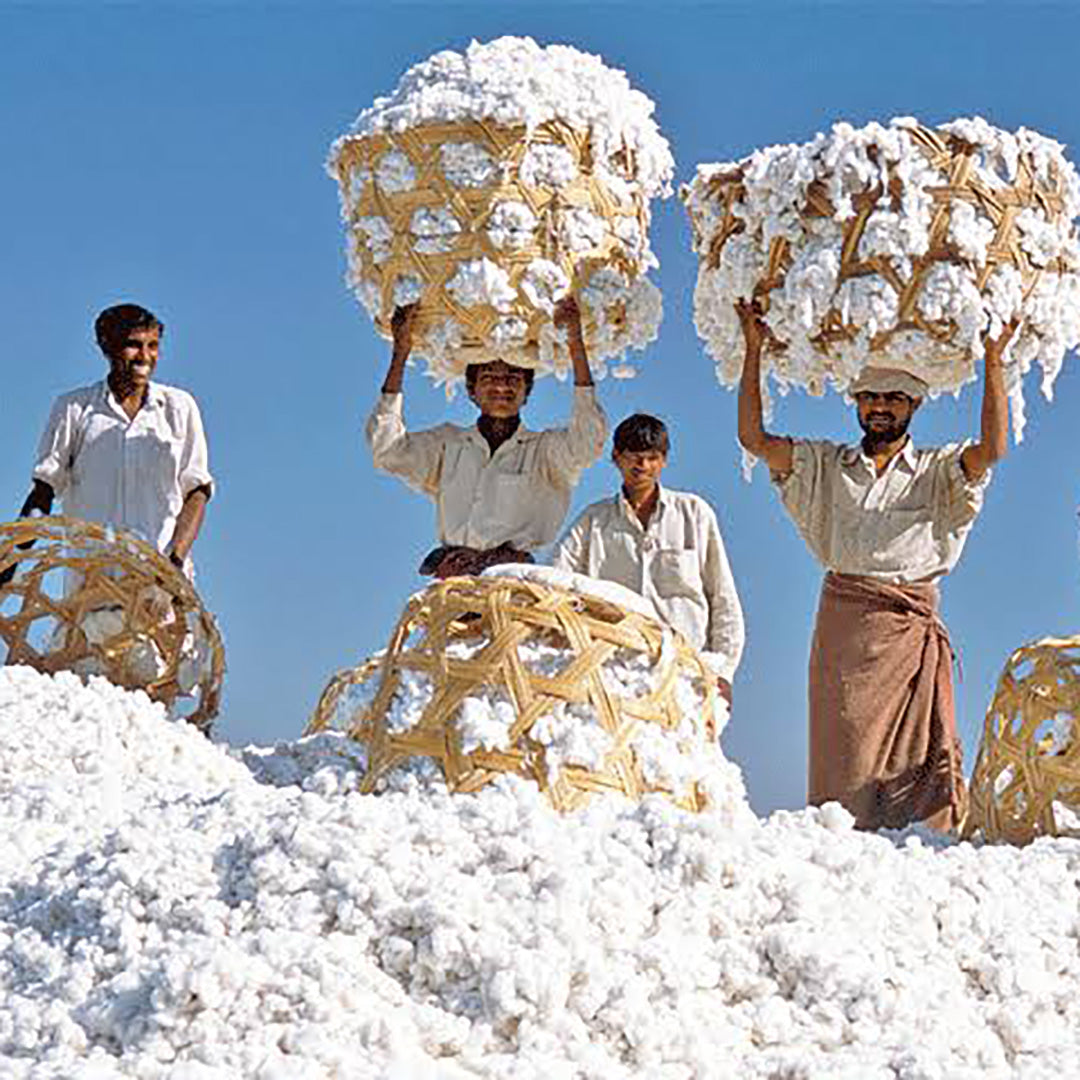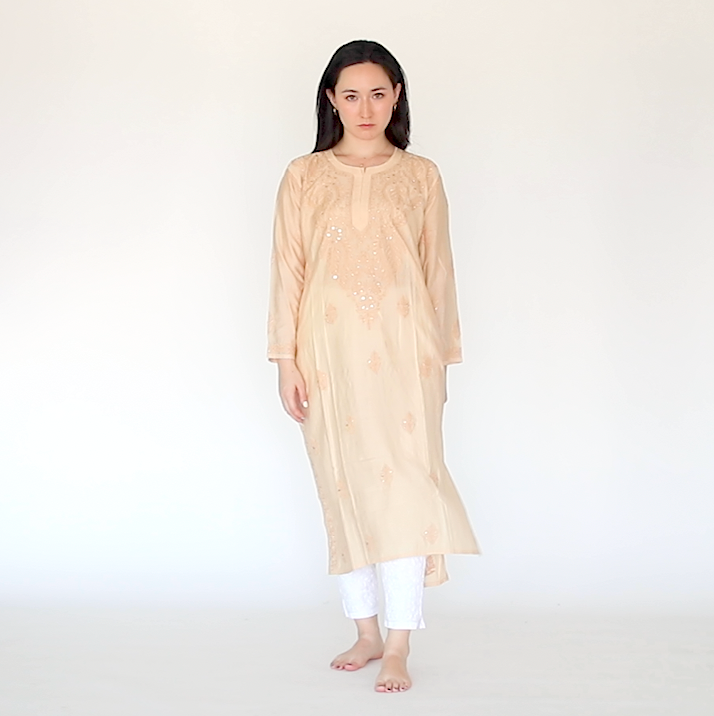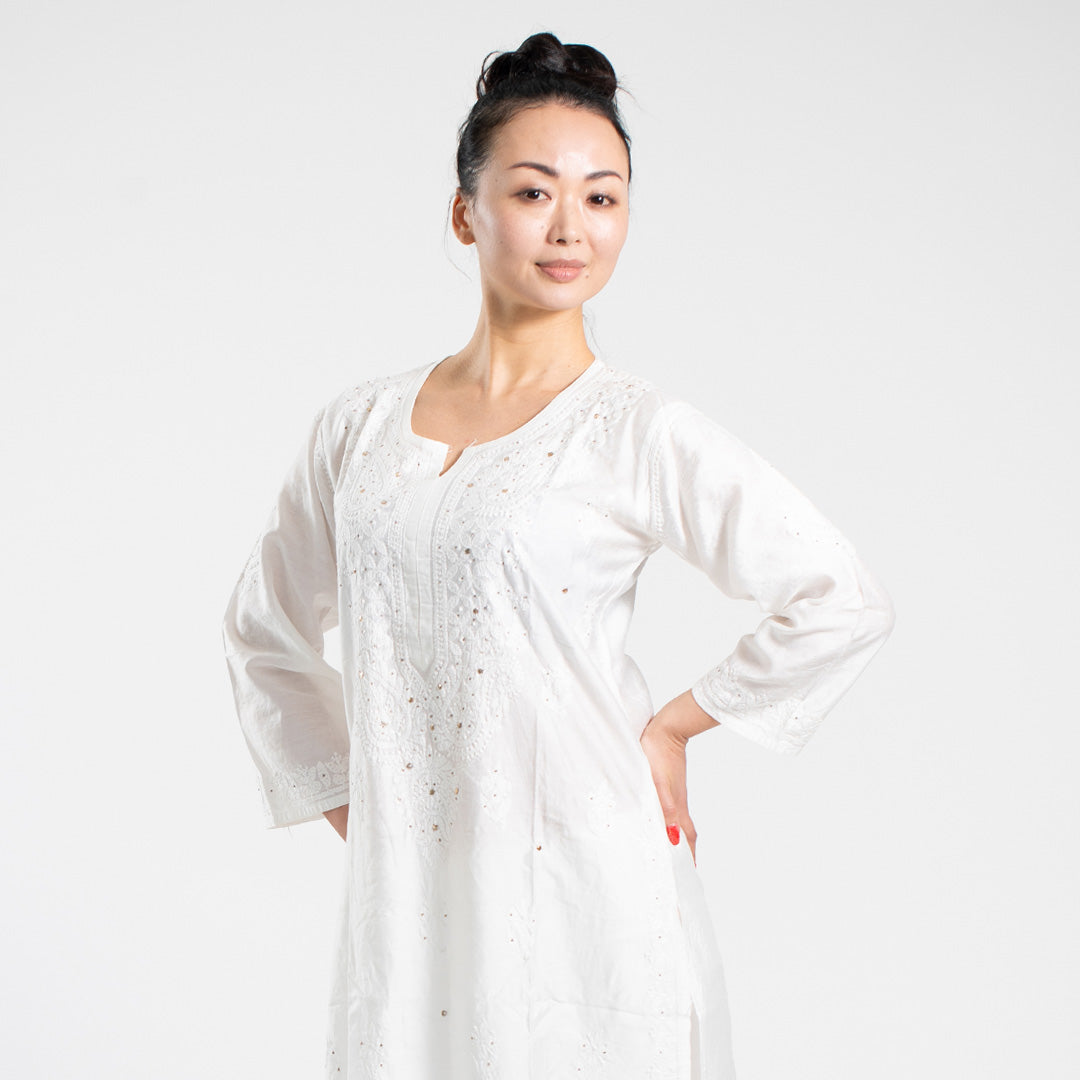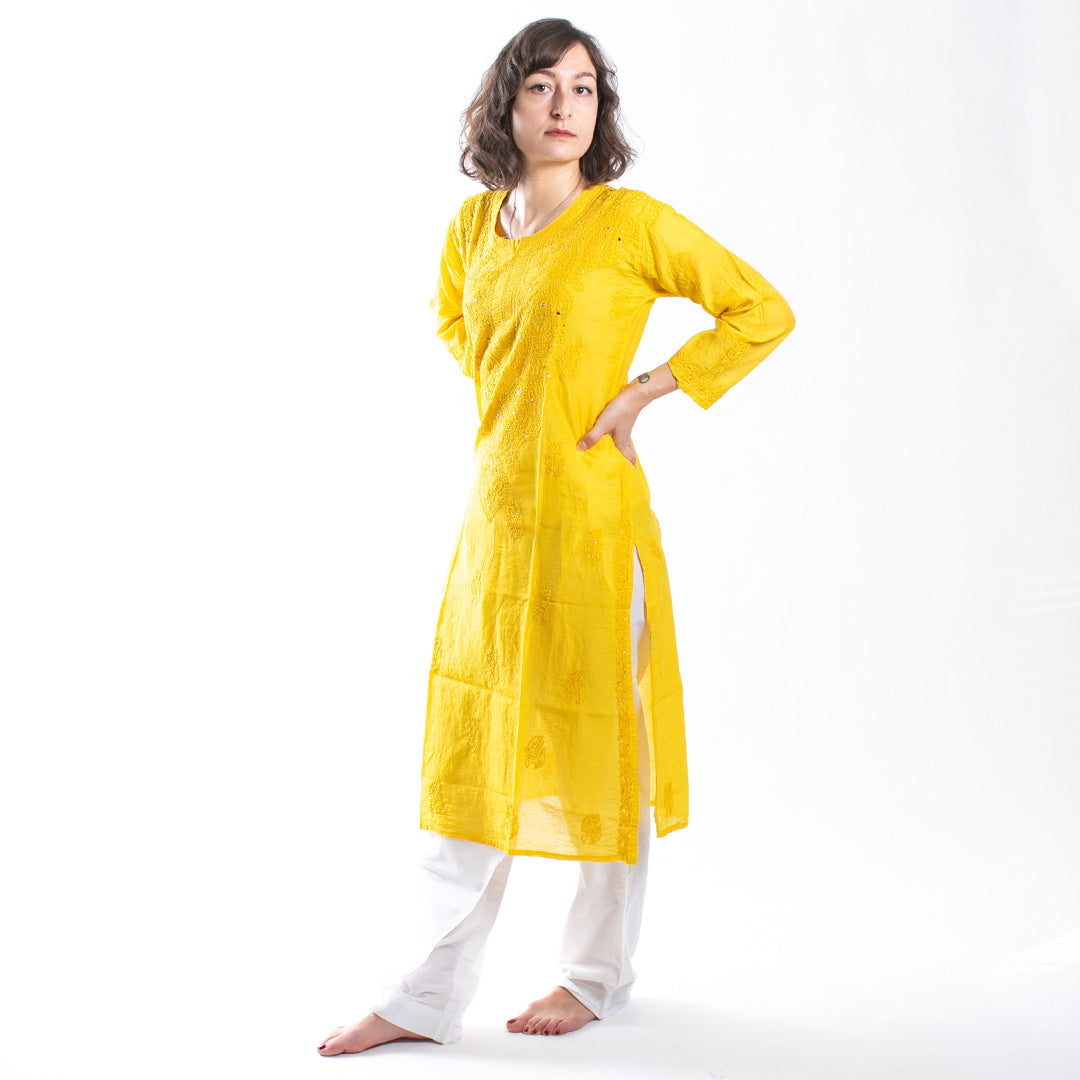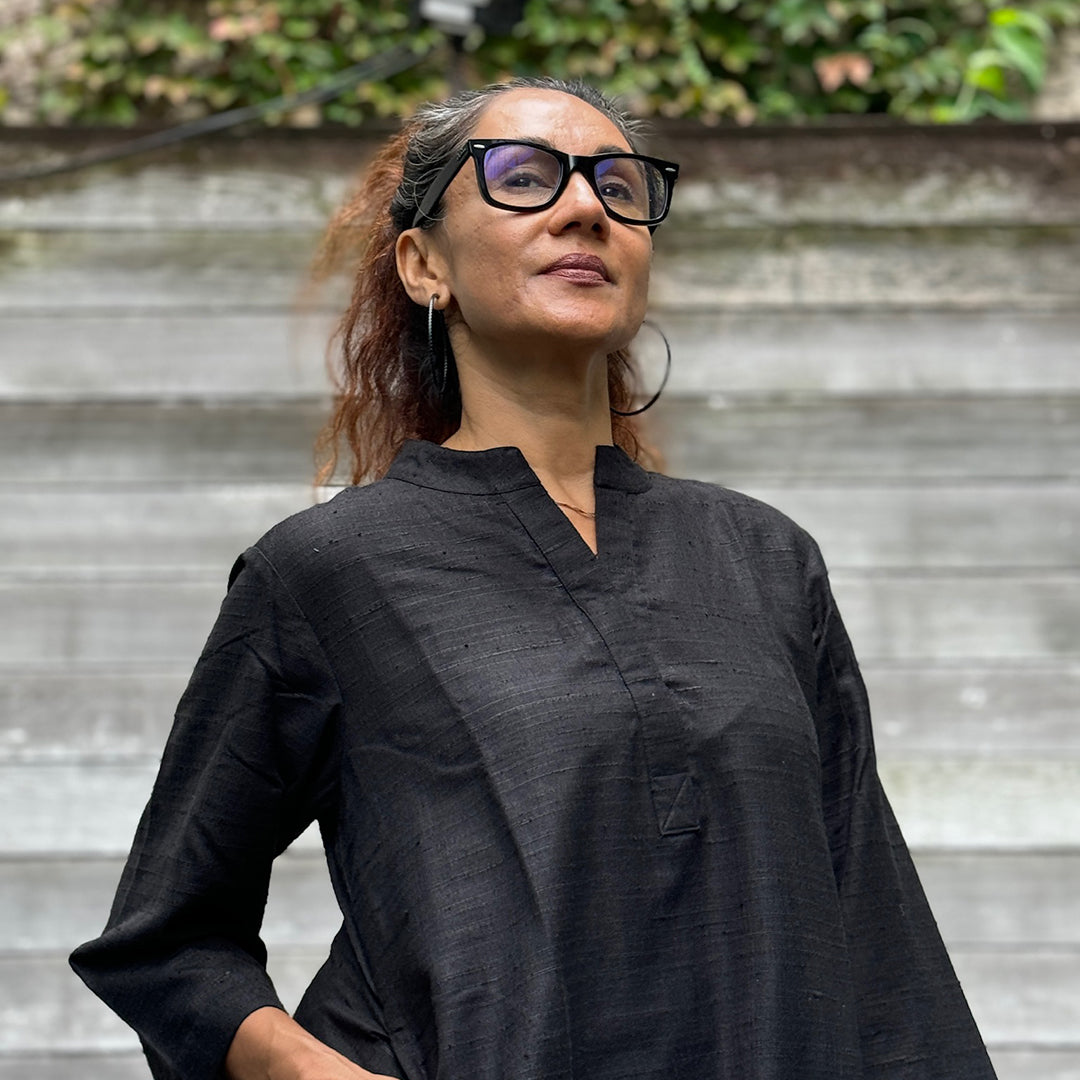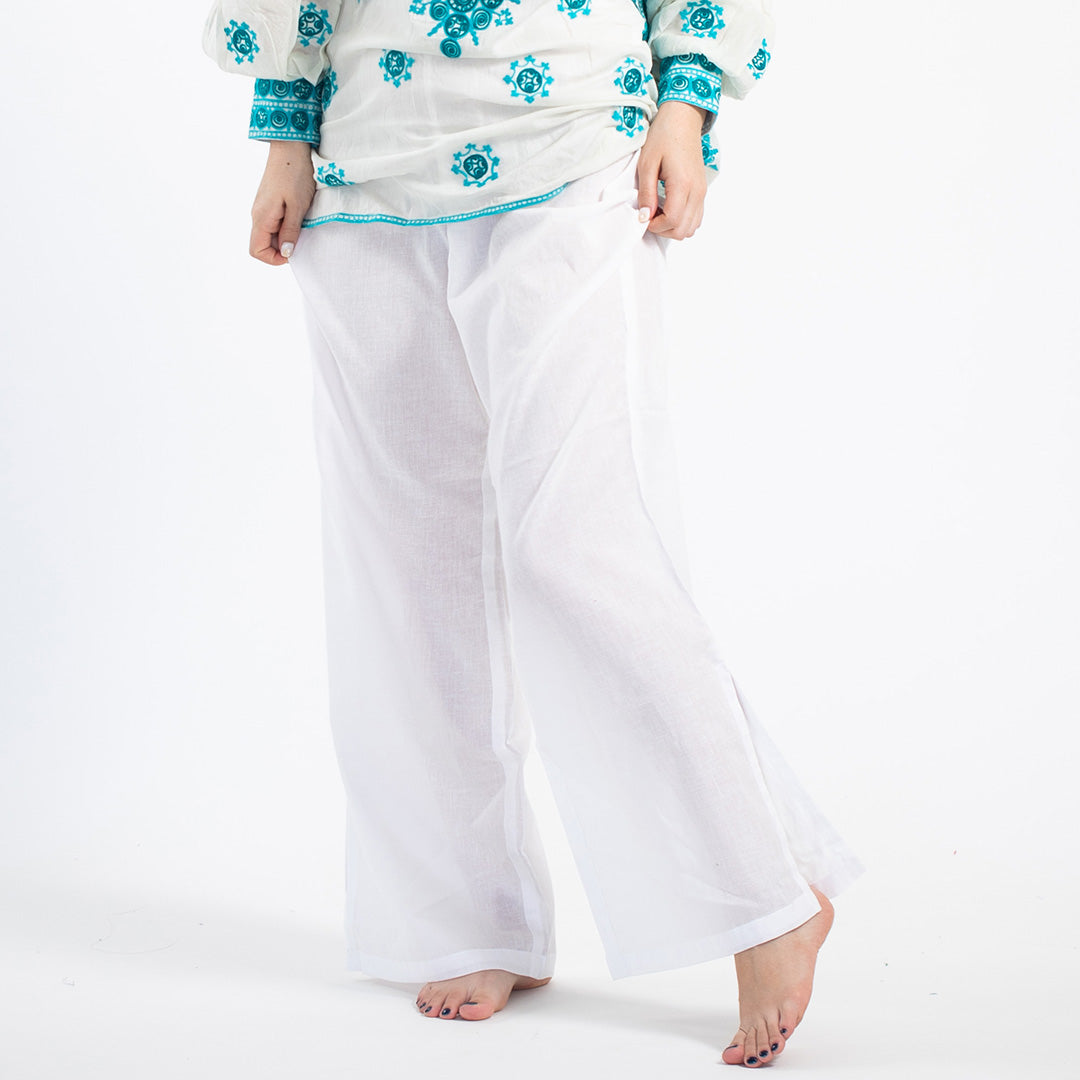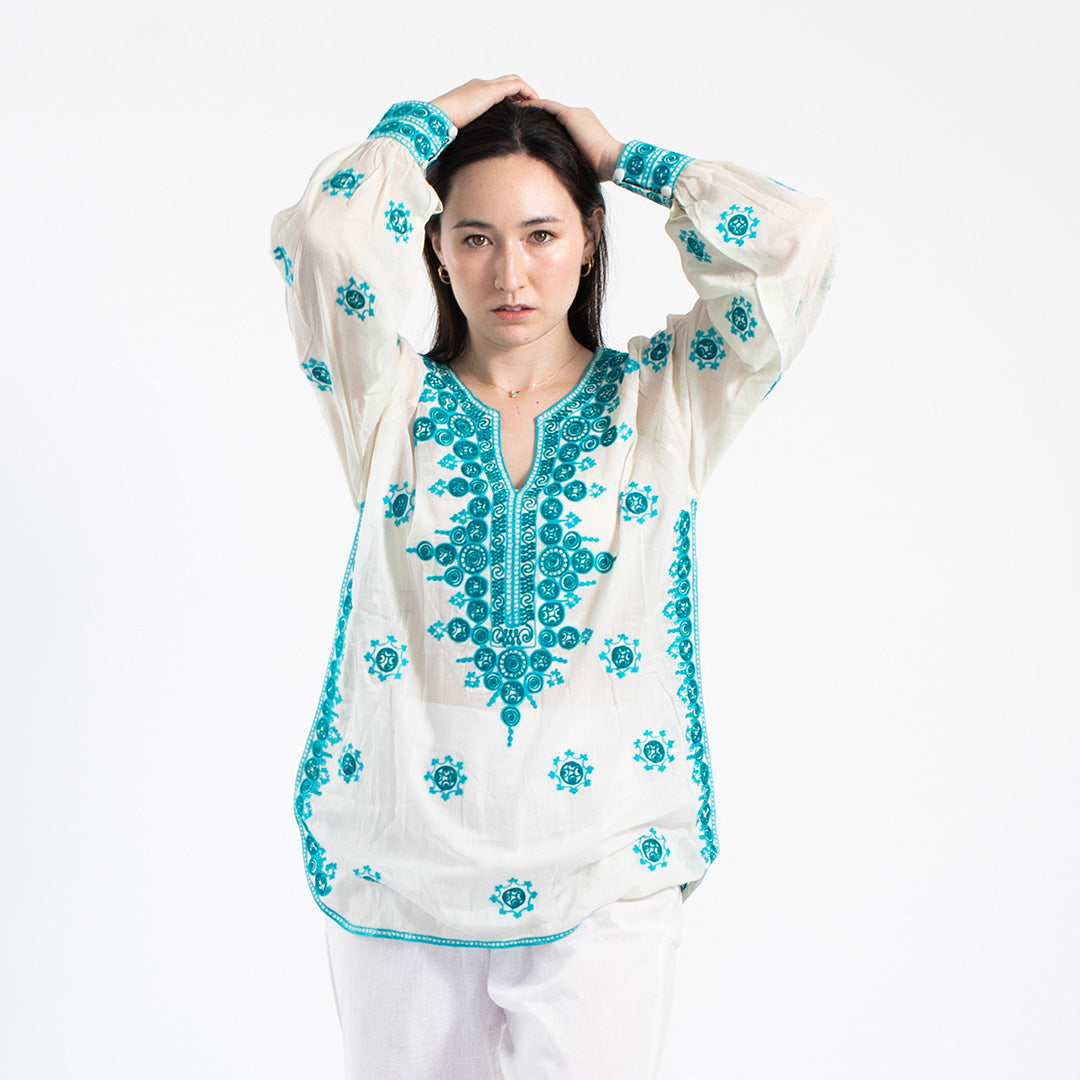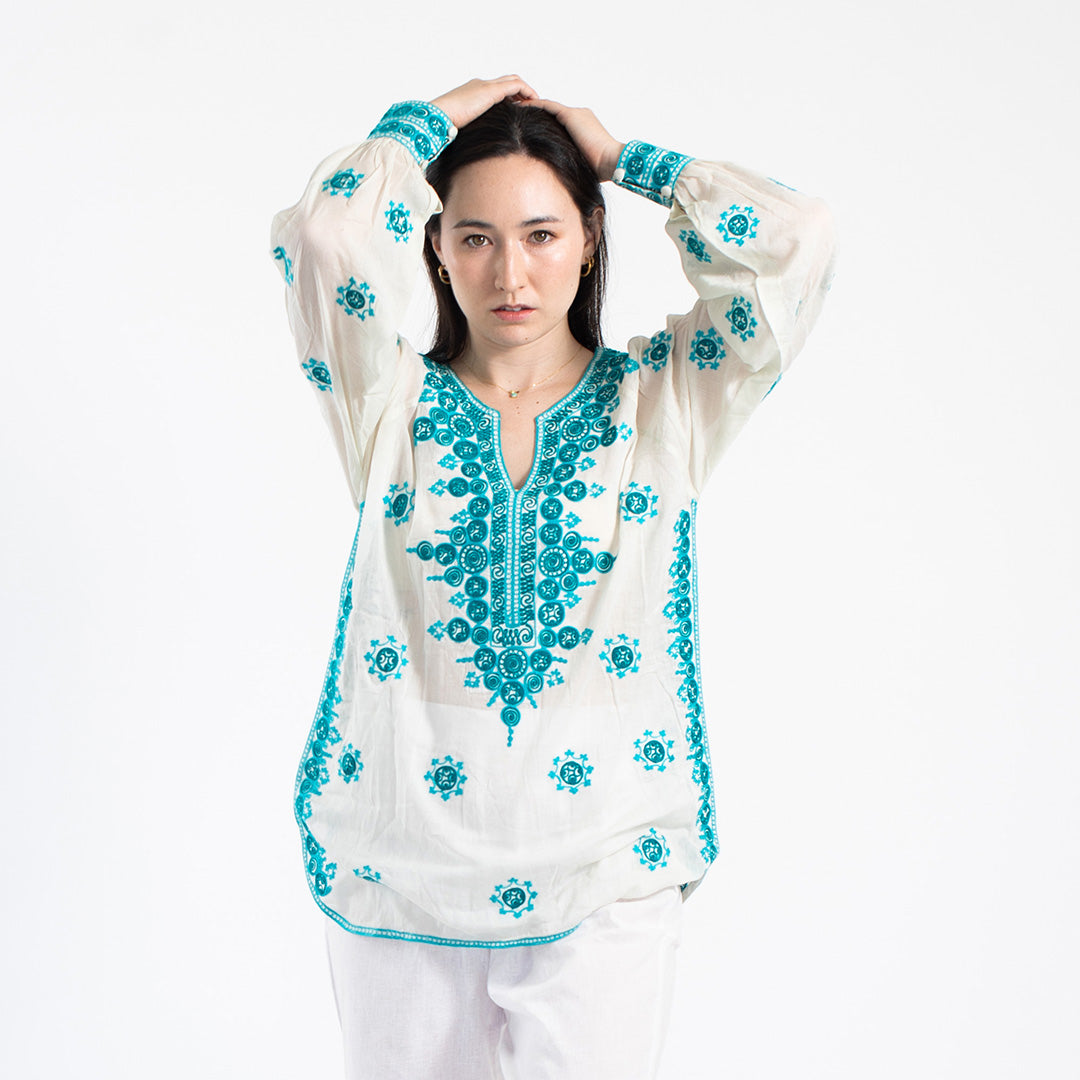インド綿はインドの歴史と文化において重要な位置を占めています。綿花はインドで何千年もわたって栽培されており、国の経済において重要な役割を果たしています。インド綿はその品質、柔らかさ、多用途性で知られており、国内外で人気があります。
インド綿に関連する最も象徴的な人物の 1 人は、マハトマ ガンジーです。ガンジーは、カディとしても知られるインドの手紡ぎ綿の使用を促進することを強く主張しました。彼は、手で綿を紡ぐことは自立の手段であるだけでなく、イギリスの植民地支配に対する抵抗の一形態でもあると信じていました。ガンジー自身は、チャルカとして知られる単純な糸車を使用して綿を紡ぐことで知られていました。
そしてその後、ガンジーのカディと綿紡績の推進は、インドの独立運動に大きな影響を与えました。綿を紡ぐ行為は自給自足の象徴となり、そして、政治的声明、非暴力抗議の一形態、更には英国製品をボイコットする手段となったのです。
今日に至るまで、カディはインドの独立の象徴であり、自立と簡素さに関するガンジーの教えを思い出させます。インド綿とマハトマ ガンジーの糸車の遺産は、伝統的な工芸品や持続可能な実践を受け入れるよう人々にインスピレーションを与え続けています。
私は個人的に綿 100% の服を好みます。なぜなら、それは私の肌に信じられないほど快適だからです。柔らかく通気性に優れた質感を提供するだけでなく、持続可能なファッションの選択に対する私の取り組みとも一致しています。Abunance shop(アバンダンス ショップ)では、環境に優しい品質と時代を超越した魅力を持つコットンやリネンなどの天然素材を促進することを優先しています。見た目が良いだけでなく、持続可能な実践をサポートする服を着られることに大きな満足を感じています。
Indian cotton, History and culture
Indian cotton holds a significant place in the history and culture of India. Cotton has been cultivated in India for thousands of years and plays a crucial role in the country's economy. Indian cotton is known for its quality, softness, and versatility, making it popular both domestically and internationally.
One of the most iconic figures associated with Indian cotton is Mahatma Gandhi. Gandhi was a strong advocate for promoting the use of Indian hand-spun cotton, also known as Khadi. He believed that spinning cotton by hand was not only a means of self-reliance but also a form of resistance against British colonial rule. Gandhi himself was known for spinning cotton using a simple spinning wheel, known as a charkha.
Gandhi's promotion of Khadi and spinning cotton had a profound impact on the Indian independence movement. It became a symbol of self-sufficiency and a way to boycott British goods. The act of spinning cotton became a political statement and a form of nonviolent protest.

